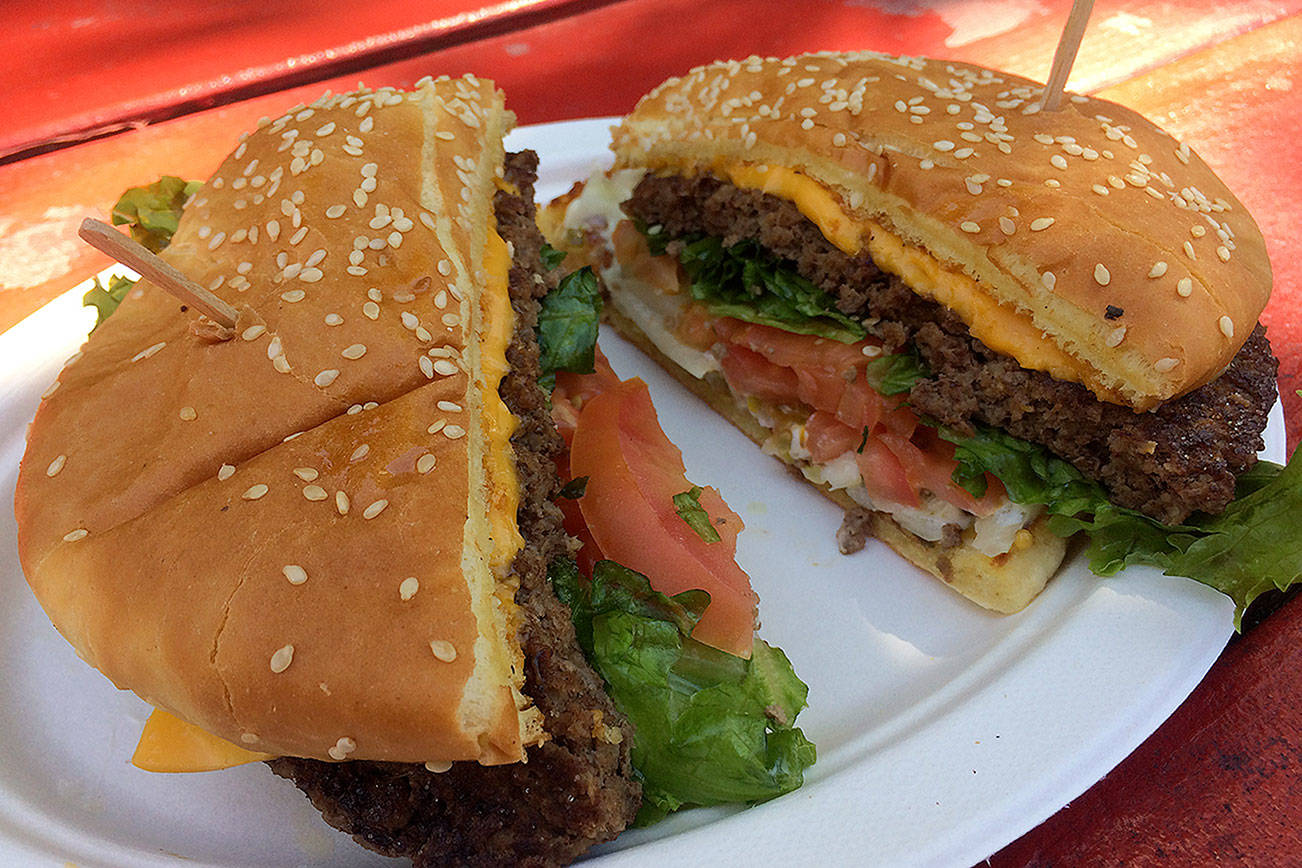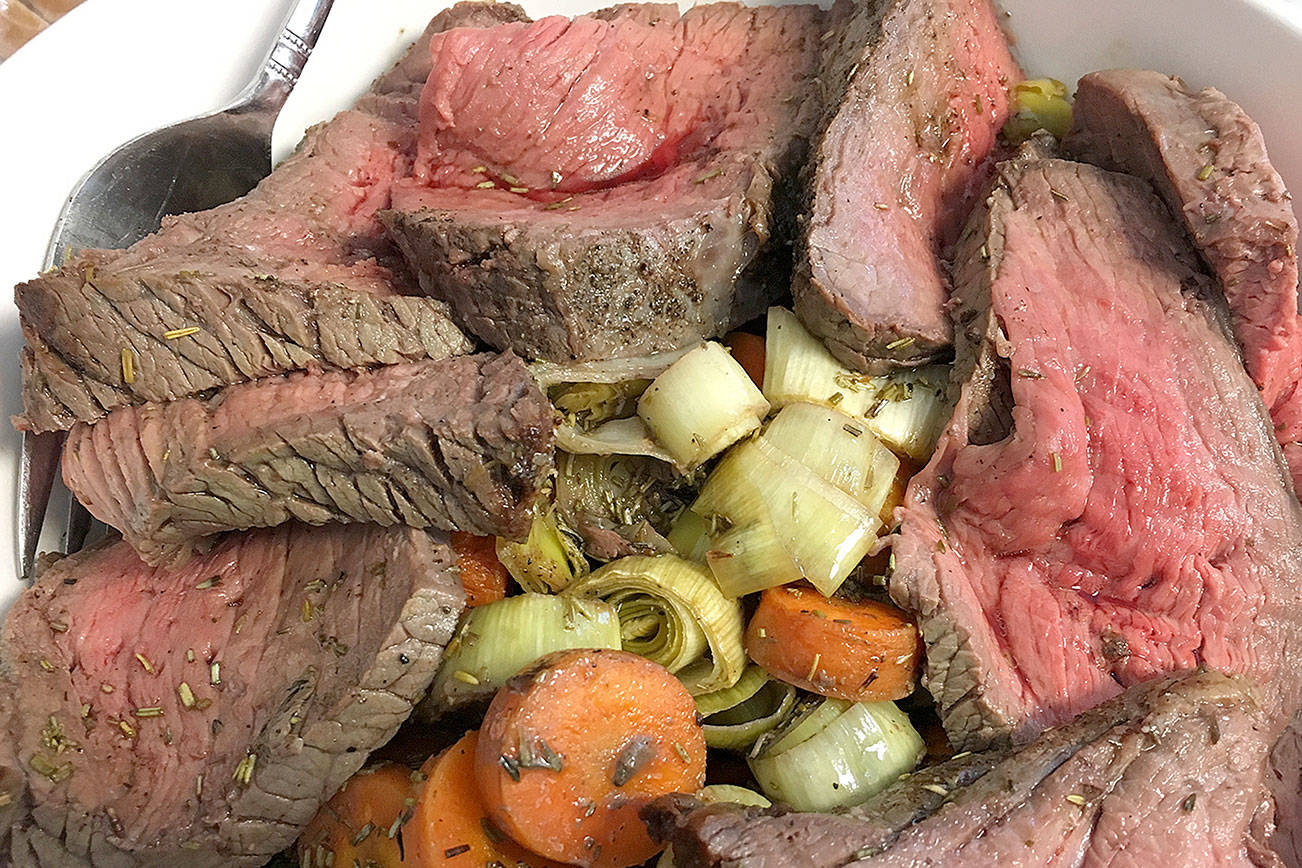After a few weeks of outlining the basics of a home bar, we’ve reached the best part: how to add a few accent marks that will set yours apart.
You’ve got your basic spirits, but you want to add a bit more flair to the shelves? Let’s start by filling in a few gaps that we left in Part 1. Our home bar is somewhat deficient in aged spirits, so I’d throw in either an aged tequila (anejo) or a Scotch. They’ll be delicious on their own, and can bring a smoky, complex flavor to a cocktail. With the anjeo, using it as the base for a Manhattan or an Old Fashioned will show you the depth of flavor tequilas can have, while adding a half-ounce of Scotch to your margarita can dramatically (and deliciously) change the profile of that drink. Unless you’re inclined to drink either spirit on its own, I’d opt for relatively affordable anejo tequila or Scotch: the options are far too vast to fully tackle here, but I’d try to avoid anything too peaty or smoky; a blended Scotch like Johnnie Walker Red works well, or an affordable single malt like Glenlivet. As for anejos, the Hornitos version is generally affordable and tasty. Casa Noble, though pricier, is a delicious, rich, and flavorful spirit and one well worth trying.
Then there’s the drink modifiers. They generally fall into two categories: sweet and fruity, or bitter and herbal. Those aren’t absolutes, and some bitter spirits can also be sort of sweet, but hey, I’m just a bartender! Your own personal preference should come into play here: if you like sweeter drinks, stock up on the sweet and fruity spirits. If you prefer more bitter, drier cocktails, lean towards bitter and herbal.
In the sweet realm, you’ve got maraschino liqueur, which is predominantly cherry-flavored. Luxardo is the easiest to find, but whichever brand you choose will provide a nice way to add some sweetness and body to a wide range of cocktails, and it pairs well with both rye whiskey and gin. Consider a Red Hook, which is a variant of the Manhattan: two ounces of rye whiskey, a half ounce of maraschino liqueur, and a half ounce of sweet vermouth, preferably Punt e Mes, which I’ll get to shortly.
Another great sweet option is St. Germain. Predominantly flavored by elderflowers, it has a bright, lively florality and a slight grapefruit note. Pair it with gin, vodka, or a white rum. It’s an ingredient you can sneak into almost any cocktail that combines citrus and a white spirit, and it’ll wow guests. It’s also great with sparkling wine if you want a light sipper.
On the fruitier side, there are a ton of options. If you’ve already sprung for Cointreau, I’d say that you can skip the other orange-y liqueurs, but I’d consider picking up Chambord, a raspberry-flavored liqueur. There are a bevy of delicious stone fruit liqueurs on the market: I’d personally lean towards apricot or plum, flavors that are hard to add to a drink otherwise. They work well with gins, brandies, and spiced rums, but can also mix it up with lighter-bodied whiskeys as well.
With bitter spirits, there’s ever-expanding variety. Campari is the classic, with a bitter orange and herbal flavor that makes it a key component in the Negroni (equal parts gin, Campari, and sweet vermouth). It also pairs really well with rye whiskey, and the Boulevardier is just a Negroni where you substitute rye for the gin.
If you prefer vermouths, Punt e Mes is a great hybrid of an amaro and a sweet vermouth, and will give your Manhattan a slightly different sensibility than a classic sweet vermouth. Fernet Branca will give you a kick in the face if you let it, but pair it with rye whiskey and Cointreau to get an updated take on the Toronto. There are a wide range of other amaros on the market, and plenty of other unique and obscure European spirits, so feel free to do some experimenting. Traditional bitters are also a great (and inexpensive) way to diversify your bar: local company Scrappy’s Bitters has an amazing line of flavors, from coffee to cranberry to lavender.
But if you’re more of a hands-on type, why not try your own infusions? Simply start with your preferred base spirit, (a relatively cheap brand will do), and then add whatever fruits, herbs, spices, or other flavoring agents (chocolate is a favorite of mine) you want. There are of course a multitude of possibilities, and perhaps I’ll revisit this subject in more detail, but one word of advice: test your infusions regularly. They can go from subtle to overwhelming in a very short period of time. Generally, fresh fruits and herbs infuse within a few days, while dried herbs and other flavoring agents can take a week or two. Once the infusion is over, I’d recommend straining the spirit to remove any remaining larger chunks which might alter or ruin the flavor if left alone.
Lastly, how to improvise? This is of course a hard question to answer, but I’d suggest starting with our seven basic cocktails and just changing one ingredient. Make an Old Fashioned with brandy instead of whiskey, or use a different type of bitters. Use basil instead of mint in that mojito, or sneak St. Germain into the French 75. As you get more comfortable with cocktails, you’ll find that tweaking the basic recipes can yield some delicious alternatives–and make you look like a master mixologist to your guests.E
thebarcode@seattleweekly.com






